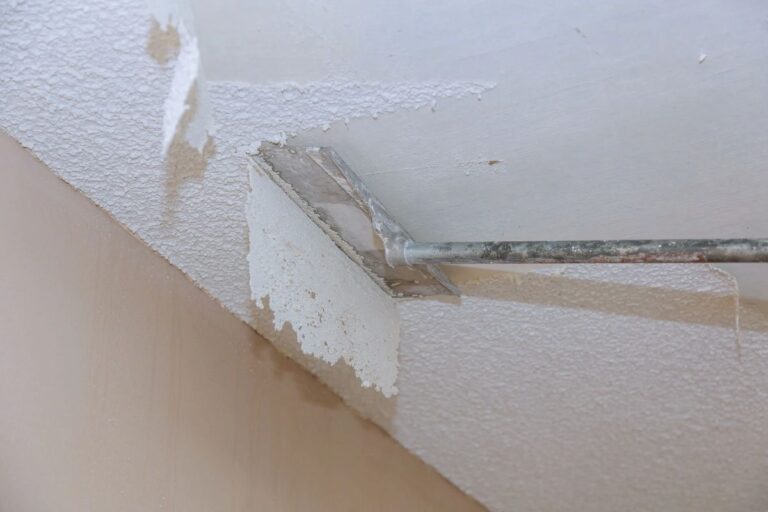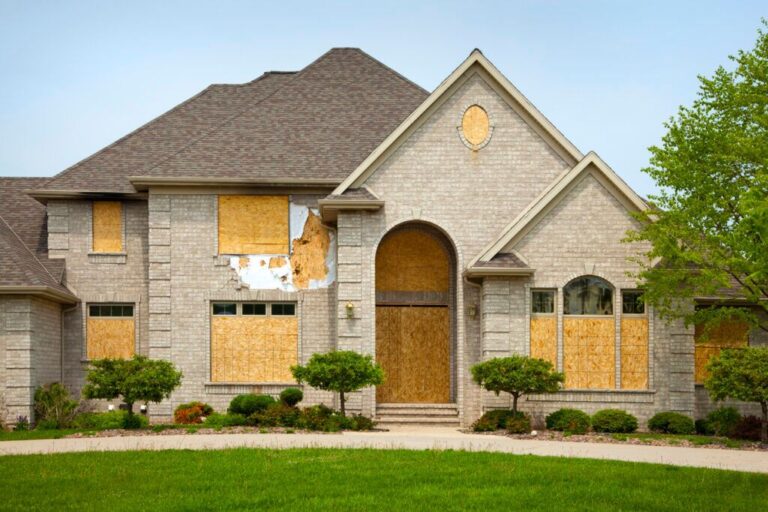Navigating cash transactions in real estate without proof of income
How to Navigate the Requirements When Buying With Cash and No Proof of Income So, you’re asking yourself: Can you buy a house with cash and without proof of income? The answer is as rebellious as a neon-lit skyline—yes, but it’s not entirely off the grid. It might feel like you’re dodging the system, especially…










